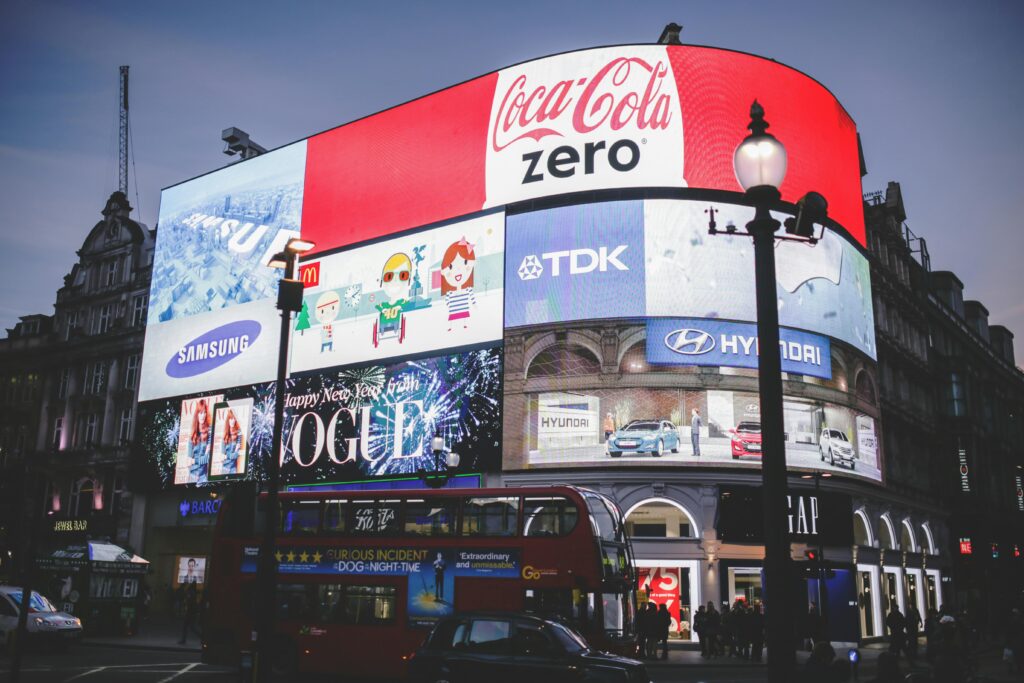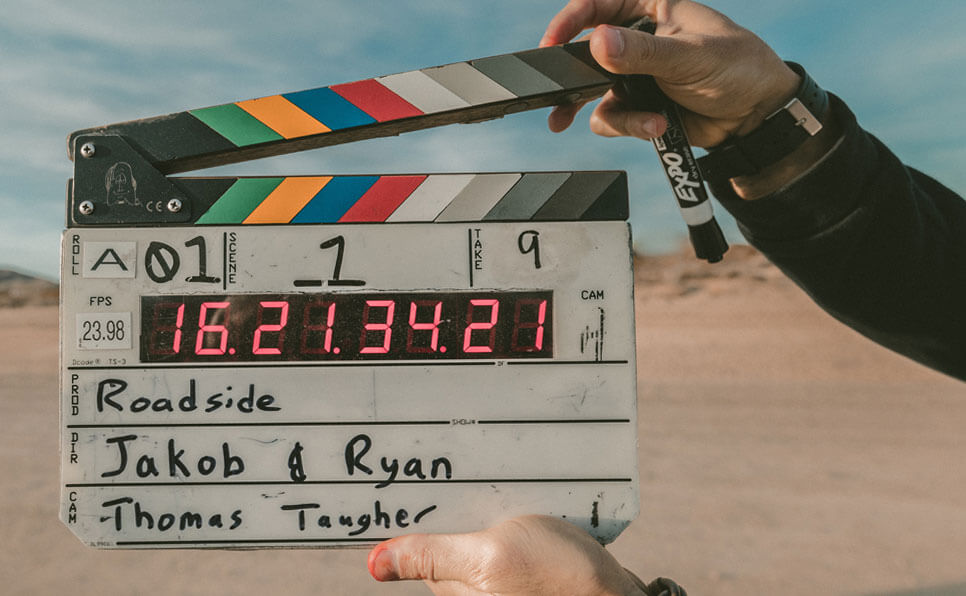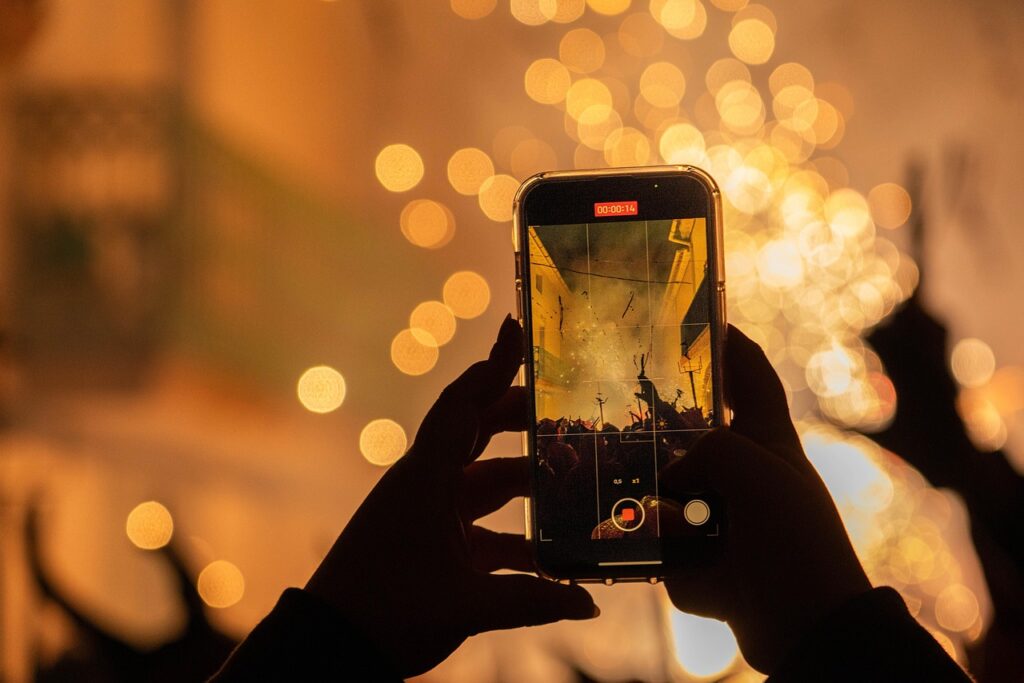As we move deeper into 2025, advertising is no longer just evolving—it’s transforming at its core. While mainstream media hypes up AI tools and short-form videos, the real story lies in the quieter, game-changing shifts that are fundamentally reshaping how brands connect with consumers.
From hyperlocal marketing to immersive AR experiences, here’s a comprehensive look at the 2025 advertising trends that matter—especially the ones that are flying under the radar.
1. Digital Dominance: Traditional Media Is Now Niche
Television, print, and even radio still have their place, but in 2025, they’re no longer the center of gravity in the advertising universe. Digital advertising now absorbs over 75% of global ad spend. Streaming platforms, podcasts, and social media ecosystems are not just channels – they are culture.
Brands are shifting away from traditional, one-way broadcasts and embracing personalized, interactive campaigns across digital platforms. This digital dominance allows for hyper-targeting, real-time analytics, and dynamic ad delivery—capabilities that traditional media can’t match.
However, what isn’t widely discussed is how this shift affects small and medium-sized businesses (SMBs). With programmatic ad platforms becoming more automated and AI-driven, the entry barriers for small players are higher unless they’re tech-savvy or have strategic support. There’s a growing need for digital literacy and access equity, something the industry hasn’t fully addressed.
2. AI: The Brain Behind the Campaign
AI is no longer just assisting advertisers—it’s leading the charge. From generating ad creatives and optimizing placements to predicting consumer intent, AI in 2025 is a full-fledged team member in every major marketing department.
But here’s what people aren’t talking about: the creative paradox. As AI gets better at mimicking human creativity, marketers are faced with a dilemma—how to maintain authentic, human-centric storytelling when the message is machine-generated? This tension between efficiency and emotional resonance is a major undercurrent of 2025’s advertising conversation.
Further, AI’s dominance is leading to “algorithm fatigue” among consumers who are increasingly aware of when they’re being targeted. Expect brands that offer transparency, consent-based data collection, and ethical AI practices to earn higher trust—and loyalty.
3. Immersive Experiences: The Rise of Virtual Presence
Immersive advertising is no longer science fiction. With AR glasses becoming more mainstream and the metaverse morphing into a hybrid of virtual and augmented realities, immersive brand experiences are a growing part of marketing strategies.
Luxury brands are leading this movement, creating virtual try-ons, gamified experiences, and even NFT-linked campaigns. But there’s a broader, quieter trend unfolding: immersive local advertising. Imagine walking past a coffee shop and seeing an AR sign floating above it offering you a personalized discount, based on your preferences and past behavior.
This hyper-contextualization is the future of local advertising—intimate, relevant, and technologically rich. The physical and digital worlds are merging into a single, responsive experience.
4. Short-Form Video: The New Digital Currency
If content is king, short-form video is its heir apparent. Platforms like TikTok, Instagram Reels, and YouTube Shorts are now the frontline of brand engagement. But while everyone is scrambling to go viral, a less-discussed trend is the fragmentation of attention spans.
In 2025, the average user’s attention span for an ad is under 5 seconds. Successful campaigns aren’t just short—they’re surgical. The winning brands are mastering micro-moments: concise, emotionally potent snippets designed to hook, engage, and convert in seconds.
Moreover, this format is being democratized. Even small businesses with minimal budgets can compete through authentic, community-driven content. Creativity and relatability often beat production value—another major departure from traditional ad hierarchies.
5. Social Media Marketplaces: Advertising Meets Commerce
Social commerce has moved from an experiment to a dominant force. Platforms like Instagram, TikTok, and Facebook have seamlessly integrated shopping into the user experience. But what few are highlighting is the rise of the creator-merchant.
Influencers are no longer just brand ambassadors; many are now running their own mini-marketplaces within social platforms, selling products directly to their followers. This fusion of content and commerce is reshaping the role of influencers from promoters to competitors of the brands they once advertised.
Brands in 2025 must navigate this delicate balance—collaborating with influencers while also building their own direct-to-consumer ecosystems within social apps.
6. The Resurgence of Local Advertising (But With a Twist)
While the internet globalized everything, there’s a rising tide of localization in advertising. In 2025, consumers crave connection—not just digital reach, but physical relevance.
What’s new is hyperlocal targeting powered by AI and geolocation data. Platforms can now serve ads based on precise location, weather, time of day, and even nearby traffic patterns. For example, a local bakery might auto-trigger Instagram ads to commuters passing by during morning rush hour.
This “AI-powered localism” allows small businesses to compete with national brands in ways previously unimaginable, leveling the playing field in a meaningful way.
7. Voice Search and Audio Advertising: The Untapped Frontier
With smart speakers, voice assistants, and wearable tech gaining traction, voice search is quietly reshaping how consumers discover brands. Nearly 40% of all internet searches are now voice-based, and yet, many advertisers have yet to optimize for this format.
The future lies in conversational advertising. Think branded Alexa skills, voice-triggered coupons, or sonic branding that embeds itself into daily voice interactions. Voice also opens doors for accessibility, making advertising more inclusive for visually impaired users or those less inclined to type or read.
As smart devices become more ingrained in our lives, voice-first strategies will become essential.
The Future of the Advertising Industry
The trends of 2025 point to one undeniable truth: advertising is becoming more human, more tech-savvy, and more fragmented all at once. There’s a dual movement at play—hyper-personalization through data, and hyper-authenticity through content.
Agencies of the future won’t just be creative partners, but data strategists, AI ethicists, and cultural consultants. The focus will shift from just selling products to creating experiences, building communities, and enhancing consumer value.
We’ll also see a rise in mission-driven advertising. As consumers grow more socially conscious, they expect brands to stand for something. Greenwashing or performative campaigns won’t cut it anymore. Brands will need to embed purpose into their operations—not just their messaging.
Socio-Economic Impacts: Advertising as a Force for Change
What’s not being discussed enough is how this advertising evolution is affecting the socio-economic landscape.
- Job Transformation: As automation takes over routine tasks, there’s a shift toward creative, strategic, and analytical roles. Reskilling is no longer optional—it’s survival.
- SMB Empowerment: Digital tools are enabling local businesses to compete with global players, potentially revitalizing local economies. The success of a corner bakery may now hinge on its TikTok strategy as much as its product.
- Consumer Empowerment: With tools to skip, block, or curate ads, consumers have more control than ever. Advertising must now earn attention rather than demand it, pushing the industry toward greater respect, value, and ethics.
- Cultural Representation: AI can amplify biases—but it can also help spot them. The industry has an unprecedented opportunity to use data and machine learning to drive inclusive, representative storytelling at scale.
Conclusion
Advertising in 2025 is not just about flashy campaigns or viral videos—it’s about meaningful connection in an age of complexity. From AI and immersive tech to local resurgence and ethical shifts, the industry is rewriting its playbook.
What nobody is talking about—but should be—is that the future of advertising isn’t just about better targeting or higher ROI. It’s about shaping how we experience products, interact with technology, and relate to one another. In essence, the future of advertising is the future of human connection itself.



